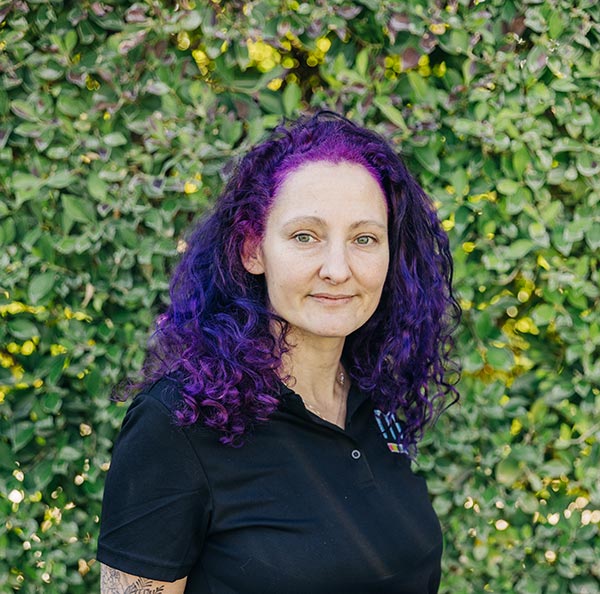If you didn’t get a chance to participate in my Building Your Brand As an Educator master class or you did and your questions weren’t answered, I wanted to review the transcripts and provide some closure on unanswered or lingering questions.
Feel free to rewatch the video above for a recap on the actual webinar.
This is the overview:
In today’s climate, it is more important than ever to tell the real stories of educators. The public needs to hear first hand about our successes and challenges and how we persevere. As educators, we have the power to build our own brands whether it be personally, or for our schools, to truly present the stories as we see them. Our profession is all about relationships. By sharing our stories on social media through Twitter, Facebook, LinkedIn or blogs, we have the opportunity to lift each other up in times of celebration and strife.
Join author and educator Starr Sackstein to:
- Learn the basics for Twitter, Facebook and LinkedIn including how to engage with the specific audience for each platform
- Discover the power of blogging and vlogging, whichever works for you
- Explore the power of the hashtag and which ones are most useful for educators
- Learn how to leverage Twitter for professional learning and sharing
Social media has truly made learning personalized. Get in on the action and model how to engage with 21st century storytelling for your colleagues and students!”
A few trends that emerged is that most participants felt comfortable enough with Twitter, but wondered about how much to post and when. They also wondered about Twitter chats. Although there is no one right way to share on social media, I can offer a few tips around the platform and social sharing in general:
- Be intentional in what you post. Those folks who are sharing their every thought will quickly lose the interest of followers. As you develop your brand, be sure that everything is aligned with your brand or at least brand adjacent, so your audience knows what to expect from you. Although my content specialty is assessment reform, I speak to larger educational reforms as well as issues educators encounter. The transparency I shared is what I believe to be my most enduring brand.
- If you’re going to post cross platform with the same information, try to at least engage your audience with a question or short lead in to what you’re discussing in case there is overlap. It is likely from Facebook to Twitter there will be more overlap than on LinkedIn in my experience.
- Be consistently visible. That doesn’t mean posting 10 times a day, but rather at least once unless you are taking a break from social media which isn’t ever a bad idea. Just make sure to let your readers know that you are stepping away and why and then they will know why you are absent and when you are coming back.
In terms of Twitter chats – check out this awesome google site with a compilation of all of the current chats that happen by day and time. It lists the hashtag with a brief descriptor of the chat. There are a lot, so here are some tips for selecting which ones to try out:
- First review days and times that work for your current schedule. You don’t have to stick around for a whole chat, but it’s a good idea to start with what’s convenient.
- Then review the hashtags (search them on Twitter) and see what kinds of information have been shared in the chat as well as who the “regulars” are.
- Review the profiles of the regulars – is this a network you want to be a part of?
- Let the topics lead your participation. It’s okay to only participate in chats around content you are interested in or need to know more about. This is a great way to “meet” people to follow and connect with.
- If you aren’t ready to participate regularly because you are reticent about sharing or think that your voice doesn’t matter (which it does), you can lurk at first. This just means you can watch and read what others are saying and maybe even respond if the mood moves you to, but you don’t have to actively share until you are ready. This is how I started.
- Over time you will find your tribe and the chats you stick with will become networks you can tap into for support all of the time. You can set a Google calendar reminder if you don’t want to forget about which chats you want to try out.
Another topic that came up that we touched upon briefly was about whether educators should have separate accounts for personal and professional sharing. And once again, it depends. On Twitter, I mostly share professional posts with occasional sharing about being the parent of a high school student who attends a traditional school and the challenges that arise for me being a progressive educator myself.
On Facebook I generally share more personal information, but since my professional life is so intricately entangled in my personal one, there are professional posts that happen. I do most of my professional sharing in specific groups of likeminded folks, but I also do connect with friends and family on a different level.
LinkedIn is all professional and use it only as a way to continue building my professional brand. Blog posts, sharing of colleagues’ work and engaging in conversations around my work. It is on LinkedIn where I was recruited to write my second or third book as an acquisitions editor read my blog post and felt the topic could be written into a book. That’s the amazing part of social sharing, you just don’t know who you are going to reach and what the impact will be.
Personally, I don’t have separate accounts. I’ve built my brand on transparency and that means I don’t have issue sharing a variety of things. I don’t worry too much about what people think as my authenticity tends to resonate with readers. I’m imperfect and therefore my social sharing communicates and displays that from time to time. This is, of course, a personal decision. Do what you’re comfortable with.
Camera shyness is something I struggle with. I’ve mentioned that many times and I suffer from anxiety around people I don’t know and crowds. However, I also crave the connection of building relationships which challenges me as an introvert. So I intentionally force myself out of my comfort zone and don’t often replay videos and/or podcasts I record. It is still a struggle for me when I see myself or hear myself on camera.
Part of the reason I like doing live streaming more than just recording video is that I don’t have time to worry about how it is going to come out. I can just be myself and speak conversationally and that continues to build my brand of authenticity.
A participant asked about “sharer’s remorse” and the answer is… well…yes, I have had that and have even gotten in trouble for some of things I have said. In retrospect, I’ve learned to not take to my blog or Twitter in extreme emotional states as I’m not thinking clearly. A good rule of thumb is never tweet angry – you will spend less time apologizing, but I think that is a good idea for every aspect of our lives when it comes to communicating with other people.
Lastly, a participant asked if I have a podcast. I don’t personally have one, but I do have a YouTube Channel and am considering developing something for Mimi & Todd Press soon. There is also new platform called EdSpace that just launched that looks promising.
Anyway, if you enjoyed the webinar and found it useful, I’d love to hear your feedback. If there are lingering questions, please share those as well.


